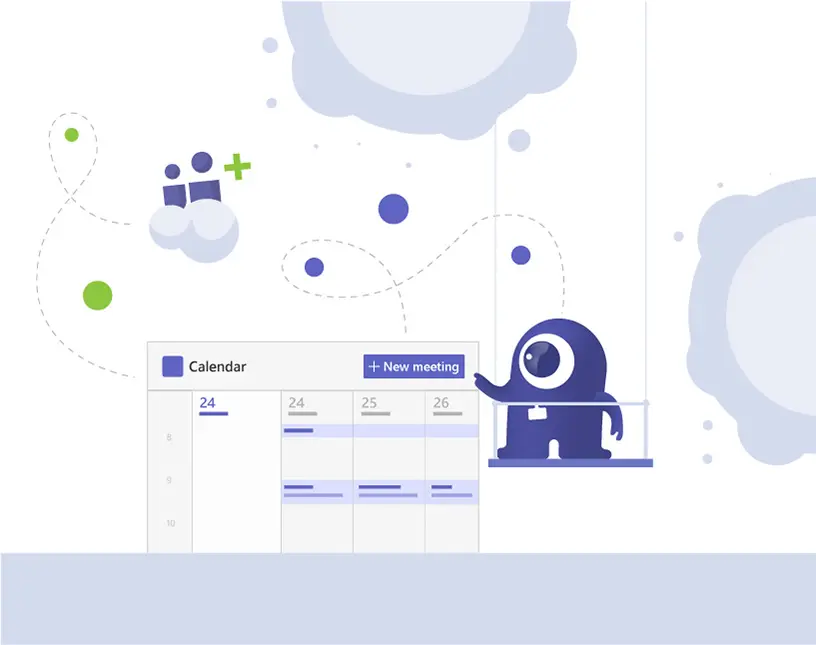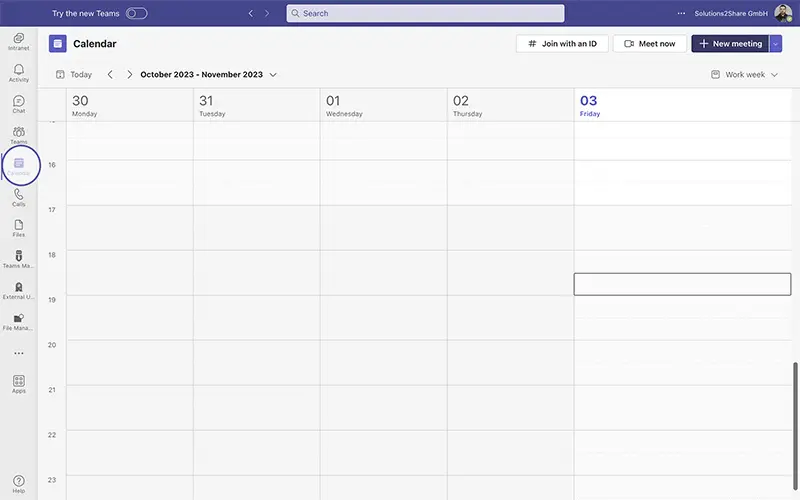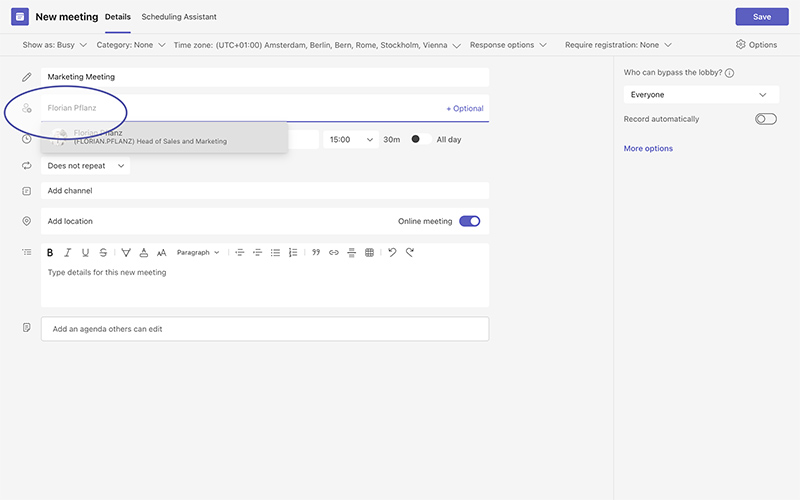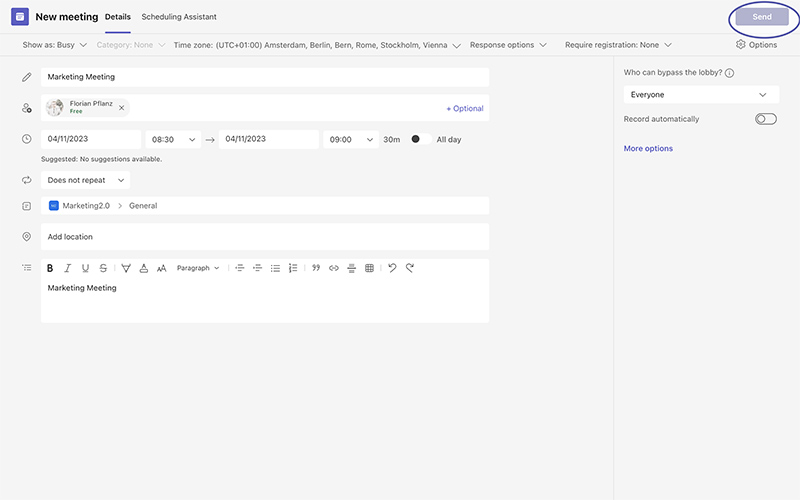How to invite external participants to Microsoft Teams meetings
Inviting external participants to Microsoft Teams meetings is part of everyday business – whether it’s for client calls, project meetings with partners, or workshops with freelancers. But often, problems occur: guests can’t find the link, face limited functionality, or organizations lack clear governance on how to handle external users.
In this article, you’ll learn step by step how to invite external participants to Teams meetings, what rights they have, which limitations exist – and how the External User Manager by Solutions2Share makes managing guests much easier and more secure.
Struggling with Microsoft Teams management?
What does “external participant” mean in Teams?
External participants are people who are not part of your Microsoft 365 organization. They can still join Teams meetings – either via an email invitation, guest access, or as anonymous participants using a join link.
The main categories are:
- Internal participants: Employees with a company account.
- External participants with guest access: Users added as “Azure AD Guests.”
- Anonymous participants: People without an account who join only via the link.
How do I invite external participants to a Teams meeting?
Time needed: 1 minute
In Microsoft Teams, invite external user to meetings by following these steps.
- Schedule the meeting
Open the calendar in Microsoft Teams and click New Meeting.
- Add the external email address
Enter the guest’s email address in the field. They will automatically receive an invitation with a join link.
- Share the join link
Alternatively, copy the link and send it directly by email or chat.
Note: Guests can join without a Microsoft account, but will have limited functionality.
What rights do external participants have in Teams meetings?
Compared to internal users, external guests have restricted rights.
- They can join and participate in meetings.
- They can share their screen if allowed by the organizer.
- They can post in the meeting chat and view shared files.
- They can be moved into breakout rooms.
Limitation: Guests don’t have access to your entire tenant, only to the meeting itself.
What limitations apply to external participants?
Key points:
- Externals cannot search teams or channels.
- Access to files is limited to what’s shared during the meeting.
- Guests cannot schedule meetings on behalf of your organization.
- Anonymous participants often need to be admitted by the organizer before joining.
These restrictions help with security and compliance – but can be frustrating when many external guests are involved on a regular basis.
What challenges arise with many external guests?
Organizations often struggle with:
- High manual effort: Each guest must be added one by one.
- Unclear permissions: Who has access to what?
- Recurring meetings: Guests need to be re-invited each time.
- Compliance issues: Lack of tracking and documentation.
How does External User Manager help with guest management?
This is where the External User Manager by Solutions2Share comes in.
| Challenge | Without tool | With External User Manager |
|---|---|---|
| Inviting guests | manual email entry | automatic import & invitations |
| Permission checks | confusing | built-in governance policies |
| Guest lifecycle | unmanaged | temporary access with end dates |
| Audit & compliance | little to none | reports & documentation |
With External User Manager, you manage not only new guests but also existing external users. Your tenant stays secure, compliant, and organized.
Book a demo and test External User Manager
Best practices for external participants in Teams
- Check in advance: Make sure invitations arrive on time.
- Define rules: Decide what permissions guests should have in meetings.
- Optimize recurring meetings: Use group invitations or tools like EUM.
- Keep compliance in mind: Track which guests were added and when they were removed.
FAQ: Frequently asked questions about external participants
No, they can also join anonymously. However, they will have fewer features.
Yes, external participants can be assigned to breakout rooms.
That depends on meeting policies. By default, they can view shared files but not upload their own.
Use External User Manager: guests can be invited with expiration dates and automatically removed afterwards.
Conclusion
External participants are part of everyday collaboration in Microsoft Teams. While inviting them is simple, managing access, security, and compliance is often a challenge.
With External User Manager, you automate invitations, keep permissions under control, and ensure that external users never become a security risk.
👉 Book your demo today and test External User Manager in your tenant.

Chief Commercial Officer and Governance Specialist at Solutions2Share
Florian Pflanz has more than 8 years of experience with Microsoft 365 and has supported over 250 workshops on Teams governance.
His focus lies on lifecycle management, provisioning, and compliance requirements in regulated industries.
He shares best practices with IT admins and decision-makers to reduce complexity and strengthen secure collaboration in Teams.








